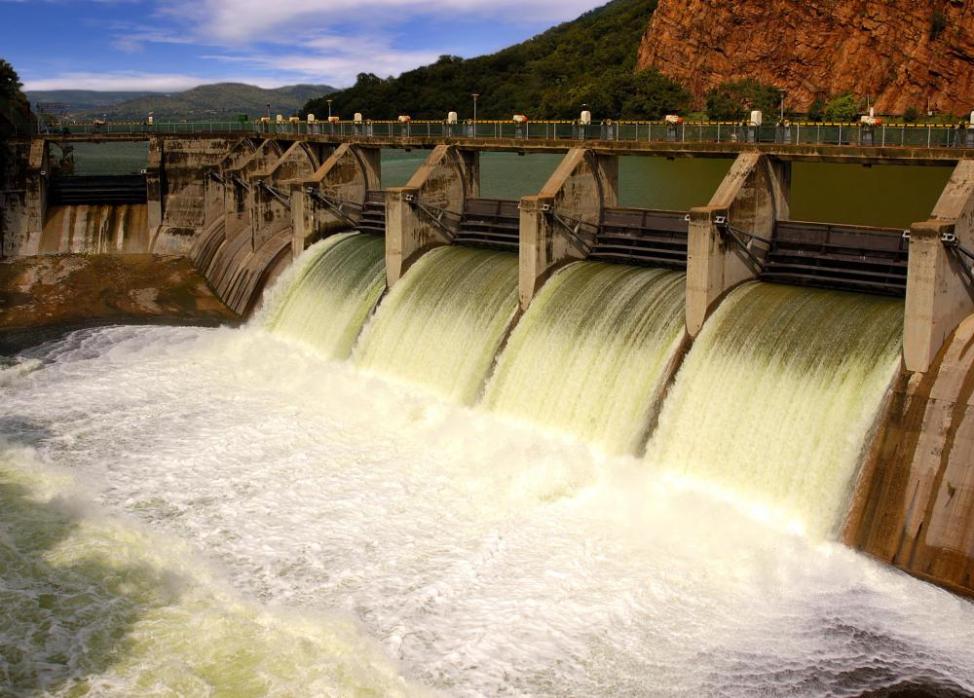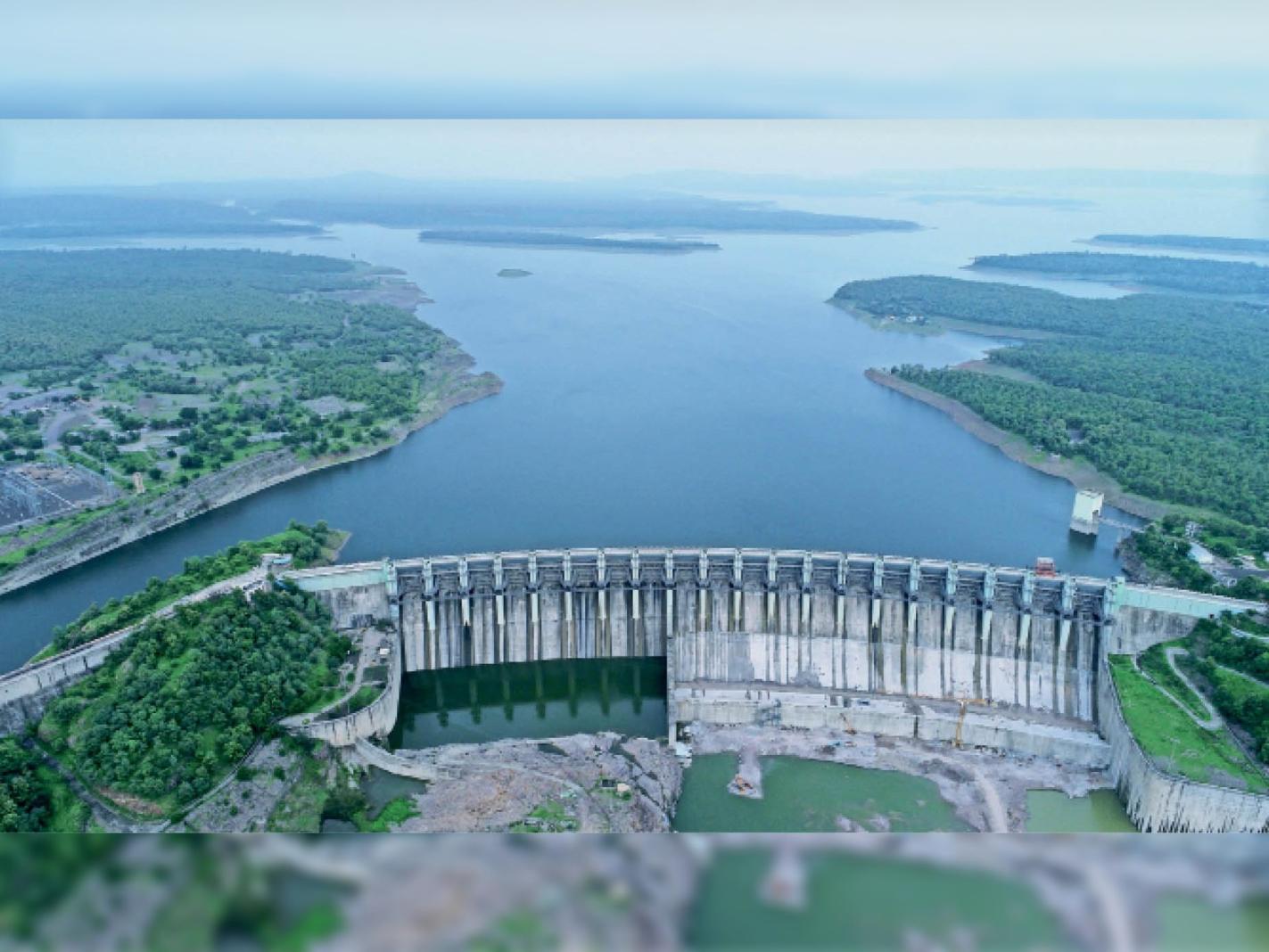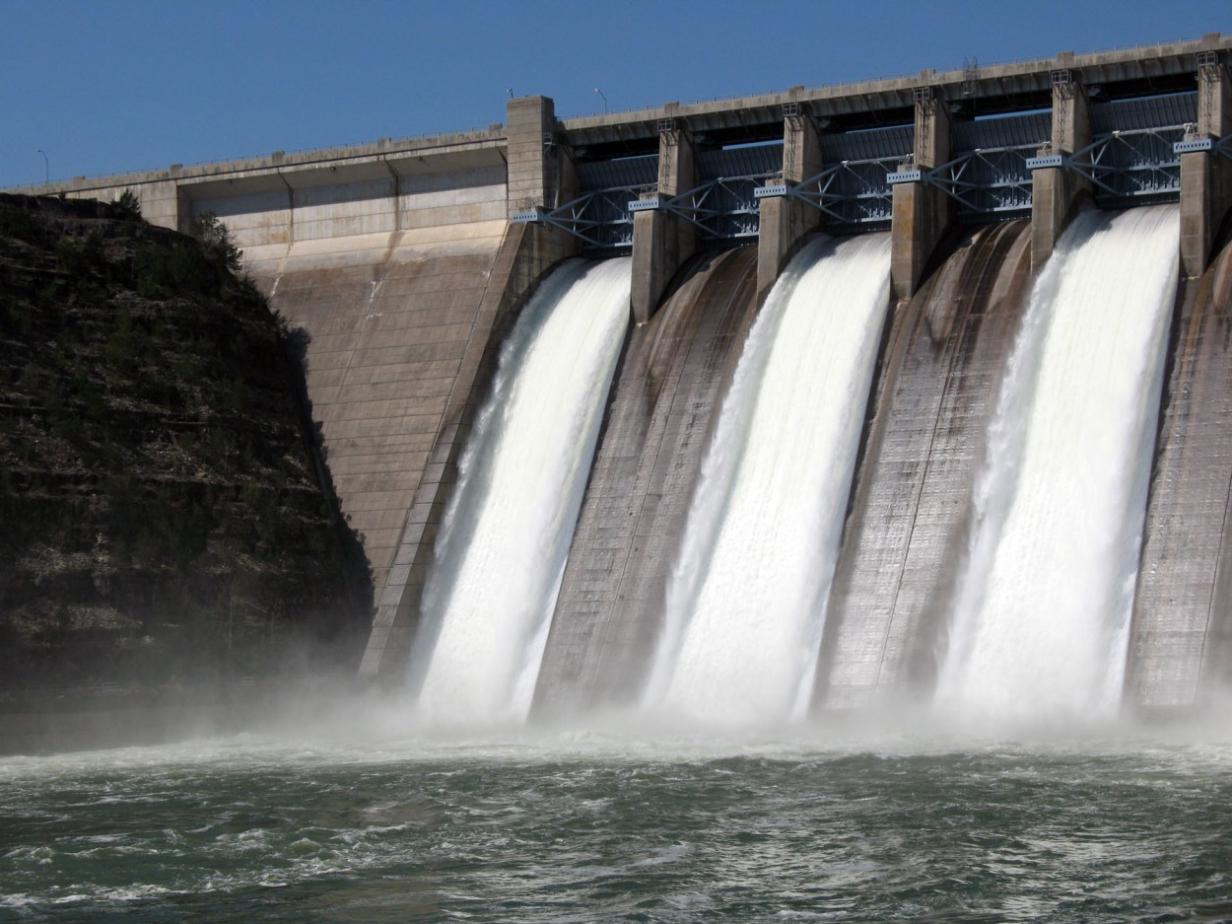What Are the Best Practices for Hydropower Implementation for Dentists?
Introduction:

Hydropower, the harnessing of energy from flowing water, presents a sustainable and cost-effective energy solution for dental practices. Implementing hydropower systems can significantly reduce energy costs, minimize environmental impact, and enhance the overall efficiency of dental operations. This article explores the best practices for hydropower implementation in dental practices, covering key aspects from feasibility assessment to operation and maintenance.
Assess The Feasibility Of Hydropower Implementation:
Before embarking on hydropower implementation, dentists should carefully evaluate the feasibility of such a project. Factors to consider include:
- Water Availability: Assess the availability of a consistent water source, such as a river, stream, or canal, with sufficient flow rate to generate meaningful power.
- Flow Rate: Determine the average and peak flow rates of the water source to ensure adequate power generation throughout the year.
- Site Characteristics: Evaluate the physical characteristics of the site, including elevation drop, distance from the water source to the dental practice, and any potential obstacles.
Choose The Right Hydropower System:
There are various types of hydropower systems available, each with its own advantages and disadvantages. Dentists should consider the following factors when selecting a system:
- Power Requirements: Determine the power needs of the dental practice, taking into account current and future electricity consumption.
- Water Flow: Match the hydropower system's capacity to the available water flow to ensure efficient power generation.
- System Type: Choose between run-of-the-river systems, which utilize the natural flow of water, and impoundment systems, which create a reservoir for water storage.
Design And Installation Considerations:

Proper design and installation are crucial for the efficient operation of hydropower systems. Key considerations include:
- Turbine Selection: Choose the appropriate turbine type (e.g., Kaplan, Francis, or Pelton) based on the water flow rate and head (elevation drop).
- Generator Selection: Select a generator that matches the turbine's output and the electrical needs of the dental practice.
- Civil Works: Ensure proper design and construction of civil structures, such as dams, canals, and pipelines, to optimize water flow and minimize environmental impact.
Operation And Maintenance:
Regular operation and maintenance are essential for the long-term performance and reliability of hydropower systems. Best practices include:
- Regular Inspections: Conduct routine inspections of the system's components, including the turbine, generator, and civil structures, to identify and address any issues promptly.
- Cleaning and Maintenance: Clean and maintain the system regularly to prevent debris buildup and ensure optimal performance.
- Training: Provide proper training to staff on the operation and maintenance of the hydropower system to ensure safe and efficient operation.
Safety And Regulatory Compliance:

Dentists must prioritize safety and regulatory compliance during hydropower implementation and operation. Key considerations include:
- Safety Measures: Implement appropriate safety measures, such as proper signage, fencing, and emergency shutdown procedures, to minimize the risk of accidents.
- Regulatory Compliance: Comply with all local, state, and federal regulations related to hydropower installation and operation, including environmental impact assessments and permitting requirements.
Environmental Impact Assessment:
Conducting a thorough environmental impact assessment is crucial before implementing hydropower systems. This assessment should evaluate the potential ecological impact of the project and identify measures to minimize any negative effects.
Financial Considerations:
While hydropower implementation can result in significant cost savings over time, dentists should carefully consider the initial investment and potential return on investment. Factors to consider include:
- Capital Costs: Assess the upfront costs associated with equipment, installation, and civil works.
- Operating Costs: Estimate the ongoing costs of operation and maintenance, including labor, materials, and energy storage.
- Return on Investment: Calculate the potential return on investment and payback period based on projected energy savings and incentives.
Case Studies And Success Stories:
Numerous dental practices have successfully implemented hydropower systems, resulting in significant energy savings and environmental benefits. Case studies and success stories can provide valuable insights into the practical aspects of hydropower implementation.
Conclusion:Hydropower implementation in dental practices offers a sustainable and cost-effective energy solution. By following best practices in feasibility assessment, system selection, design, operation, and maintenance, dentists can harness the power of flowing water to reduce energy costs, minimize environmental impact, and enhance the overall efficiency of their practices. Embracing hydropower as a renewable energy source can contribute to a greener and more sustainable future for dentistry.
YesNo

Leave a Reply